With a population surpassing 10 million people, megacities, the majority of which are concentrated in the developing world, can pose a great urban management problem. Currently, Africa has three megacities (Lagos, Cairo, and Kinshasa) with three additional ones projected to emerge by 2030 (Dar-es-Salaam, Johannesburg, and Luanda). The emergence of these megacities is accompanied with a need for more institutional, managerial, and perhaps most importantly, health-related infrastructure.
Figure 1. The rise of megacities


One of the greatest threats of the megacity is its ability to spread infectious disease and illness fast, and far. With the densest populations on earth all within a short plane ride away, it is no surprise that although globalization has done many good things for this world; it has also led to less control over these infectious diseases. Both Ebola and Zika have had outbreaks occur periodically over the past few decades; however, most were in small, concentrated populations, where the disease was not able to extend beyond national borders. Today, two years after the Ebola epidemic spread throughout Guinea, Sierra Leone, and Liberia, a new strain of virus has been continuing its march through the Americas as of early 2015: Zika.
The Rio Olympic Games of 2016 have put the world’s attention on Zika, as the top athletes from around the world meet in one location: the megacity of Rio de Janeiro, home to over 11 million people. Much of the fear surrounding the Zika virus is due to the diseases’ effects of stunting the developmental growth of newborn children. “Dense urbanization may not have created Zika, which causes newborns to have unusually small heads, he [Dr. Seth Berkley, CEO of the vaccine alliance Gavi] notes, but it has accelerated its spread from a mere handful to a current tally of 1.5 million cases this year.”
As urbanization rates continue to grow (the African continent is projected to reach 50 percent by 2035 and continue growing), experts have been calling for governing institutions to provide incentives to push people to the peripheral municipalities in order to depopulate the inner cities.
For more in-depth analysis on urbanization in the African context as well as the importance of planning, infrastructure, and finance for Africa’s growing cities, make sure you check out Foresight Africa: Top priorities for the continent in 2016.
Tor Syvrud contributed to this post.
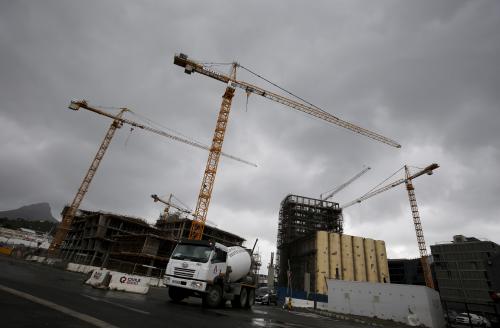
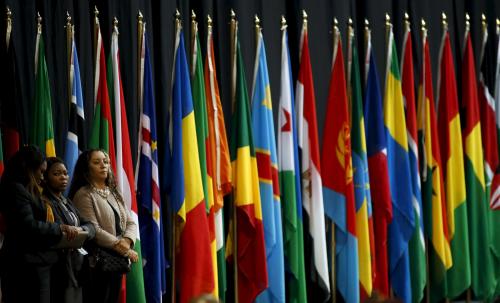
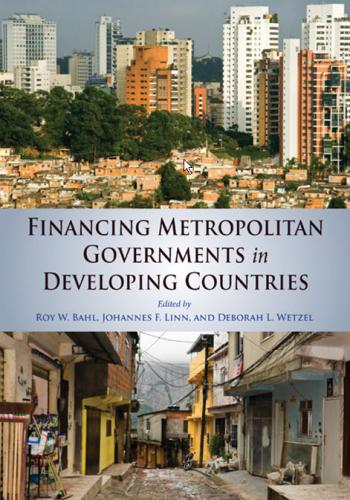
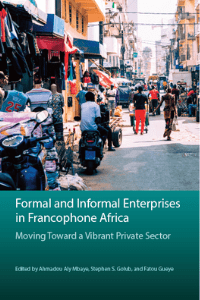


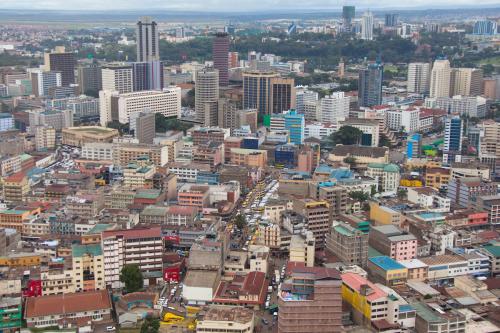

Commentary
Figure of the week: Urban health management in megacities
August 11, 2016